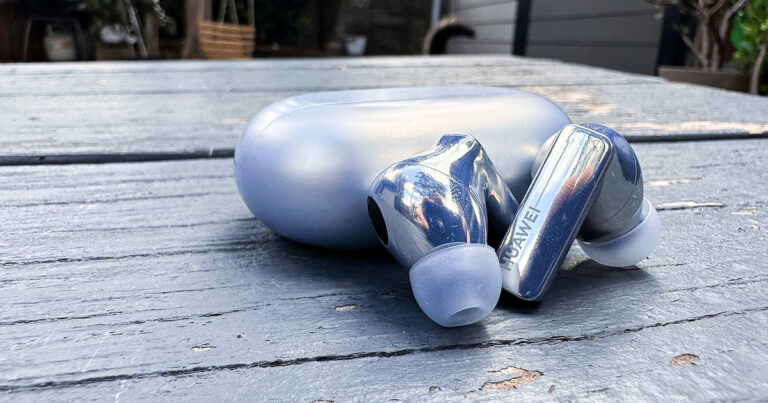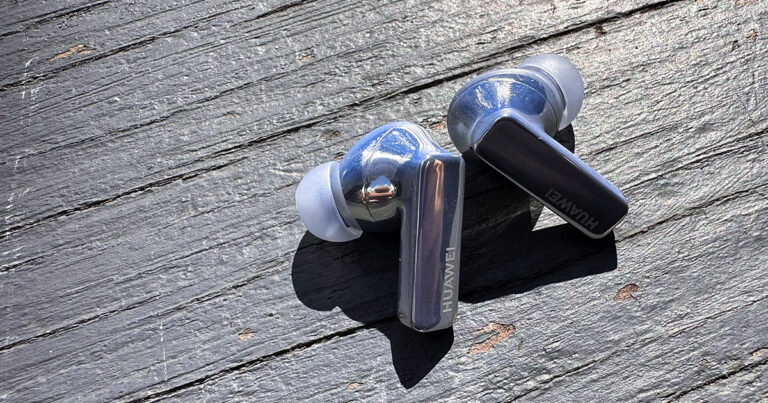Optus Mobile Review ALDI Mobile Review Amaysim Mobile Review Belong Mobile Review Circles.Life Review Vodafone Mobile Review Woolworths Mobile Review Felix Mobile Review Best iPhone Plans Best Family Mobile Plans Best Budget Smartphones Best Prepaid Plans Best SIM-Only Plans Best Plans For Kids And Teens Best Cheap Mobile Plans Telstra vs Optus Mobile Optus NBN Review Belong NBN Review Vodafone NBN Review Superloop NBN Review Aussie BB NBN Review iiNet NBN Review MyRepublic NBN Review TPG NBN Review Best NBN Satellite Plans Best NBN Alternatives Best NBN Providers Best Home Wireless Plans What is a Good NBN Speed? Test NBN Speed How to speed up your internet Optus vs Telstra Broadband ExpressVPN Review CyberGhost VPN Review NordVPN Review PureVPN Review Norton Secure VPN Review IPVanish VPN Review Windscribe VPN Review Hotspot Shield VPN Review Best cheap VPN services Best VPN for streaming Best VPNs for gaming What is a VPN? VPNs for ad-blocking Where other manufacturers can rest on their laurels and their brand name, Huawei had to truly earn the “Pro” title for these buds. A title that they live up to. While Apple (and Samsung) stans have proven they will pay the premium for a seamless user experience within the ecosystem, it is hard to expect the remaining Australian Huawei users will be that loyal. All which means Huawei needs to attract new customers. Customers that can have the full experience regardless of which device they’re pairing these Freebuds with. This leaves little room for error for Huawei to justify the cost of these buds. They can’t just be as good as the competitors, they have to be better. Better sound quality, better battery, more comfortable, just more. And it looks like Huawei’s confidence may just have paid off. When testing headphones and earbuds we use a standardised playlist to test for clarity, sound balance, and to ascertain how a set of buds stacks up against competitors. Running through this playlist on the Freebuds Pro 2, they fare nicely against every aspect. The treble is well-balanced across the spectrum, with crisp clarity even with multiple instruments operating within those same higher tones. The same can be said for the midtones. Even when there is a lot going on in a piece, the vocals never sound distant or overpowered. In saying that, the Huawei Freebuds Pro 2 come with fully customisable EQ through the Huawei AI Life app. Within the app there are a few preset sound balance options; Bass boost, Treble boost, and Voices. Each of these will bring the respective tones a little bit closer to the front of the soundscape, but it is most noticeable on the Voices effect. From here you can add custom sound effects tailored to suit your listening preferences. I was able to amp up (or down) that bass with a couple of slides. The microphone is clear enough, but voices can have a staticky sound. I expected better clarity overall, so it is a bit disappointing. Four hours of use is a little bit below average across the earbuds we’ve tested, but it does put the Huawei Freebuds Pro 2 on par with the original AirPods Pro that have a 4.5 hour battery life. The second-generation are able to six hours per charge, however. The noise canceling itself has multiple levels, ranging from Awareness Mode through to Ultra Noise Canceling for extremely noisy situations. Toggling through these on the AI Life app, there is a palatable difference between each setting. Using Ultra Noise Canceling, even the loudest of traffic on the road as I walked was drowned out, while using Voice mode on Awareness I could make out conversations happening around me but other ambient noise stayed relatively muted. Of all the ANC options, the Dynamic mode was the least impressive. Dynamic mode is the default setting that picks up on the noise in your current setting. The difference between this and Awareness mode was negligible, but once again the customisation within these buds stepped them up a notch. There were also a few issues with the pairing reliability. After initially setting up the earbuds, I needed to reconnect them a couple of times to get them working with the Huawei AI Life app. For the most part, they have connected to my phone automatically, apart from a few instances where I needed to pair them again. The pairing process is a bit slower than other headphones, which makes switching between devices a bit tedious. Multi-point would have been an excellent solution, but we’ll need to wait and see if that comes to the Freebuds Pro 3 instead. Despite the controls not being user-friendly, the design is. The buds are light, compact, comfortable for long-term wear, and incredibly secure. Whenever I popped the Freebuds Pro 2 into my ears, it felt like they were going to fall out but they never did. Even through stress-testing starting from running, to headbanging, and ending with handstands, the Huawei Freebuds Pro 2 held firm. After an hour or so of use the buds didn’t cause any irritation of discomfort in my ears. While for me the default tip size was perfect, there are a range of other tip sizes in the box for different shaped ears. You can even check if the tip fit is correct through a test on the app which gives recommendations for whether you’re using the right size. On-ear controls are supposed to stop you from needing to take out your phone and in this instance, the Freebuds Pro 2 failed. The issue could be fixed by allowing you to adjust the sensitivity of the controls - a less firm pinch would make it easier to trigger the command. While you can change the commands in the AI Life app, you can’t change the way you trigger them. It will always be a pinch, or a double pinch. I’m all here for originality but why fix what isn’t broken? The tap gesture is commonplace because it is simple, it is easy, and it is effective. The controls will take some getting used to, and you’ll likely need to spend a bit of time on your phone setting these buds up to be personally suited to you. But, the Huawei Freebuds Pro 2 are an excellent set of earbuds that won’t ask you to make compromises for the device that you use.

